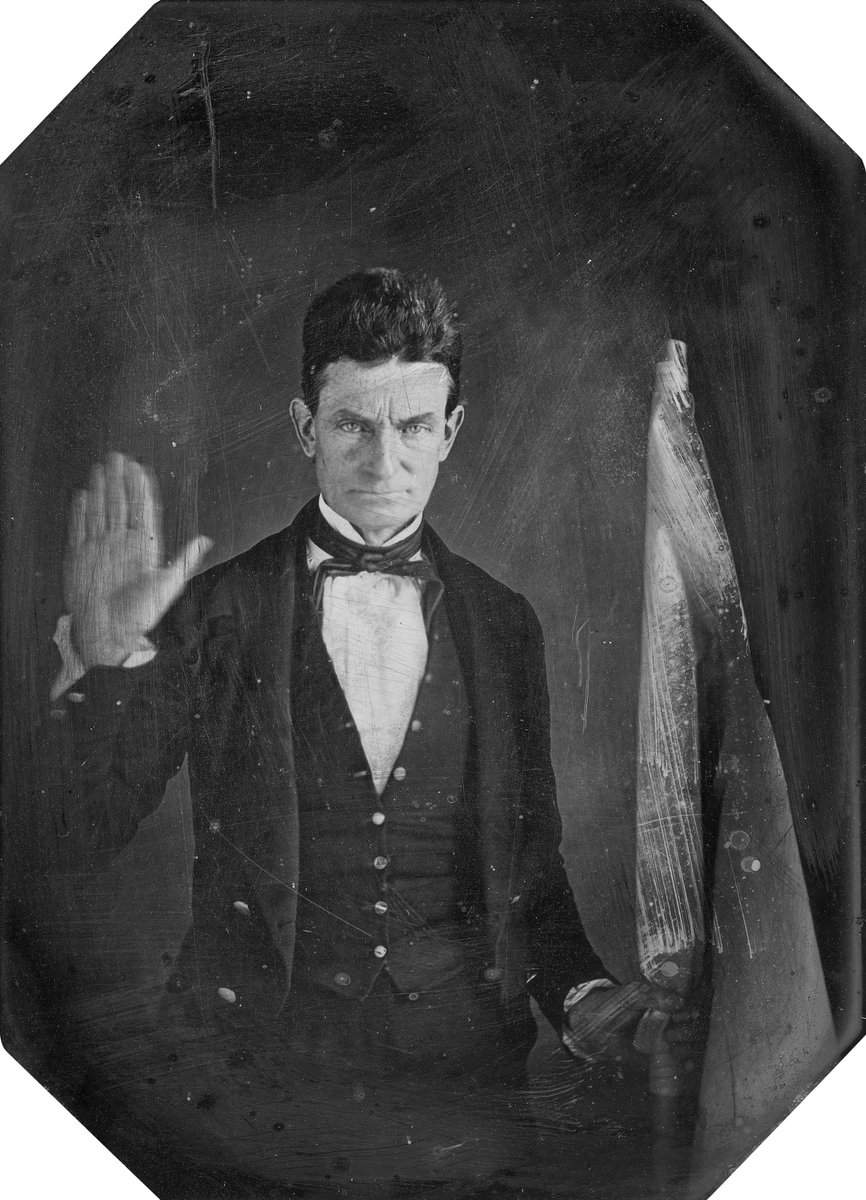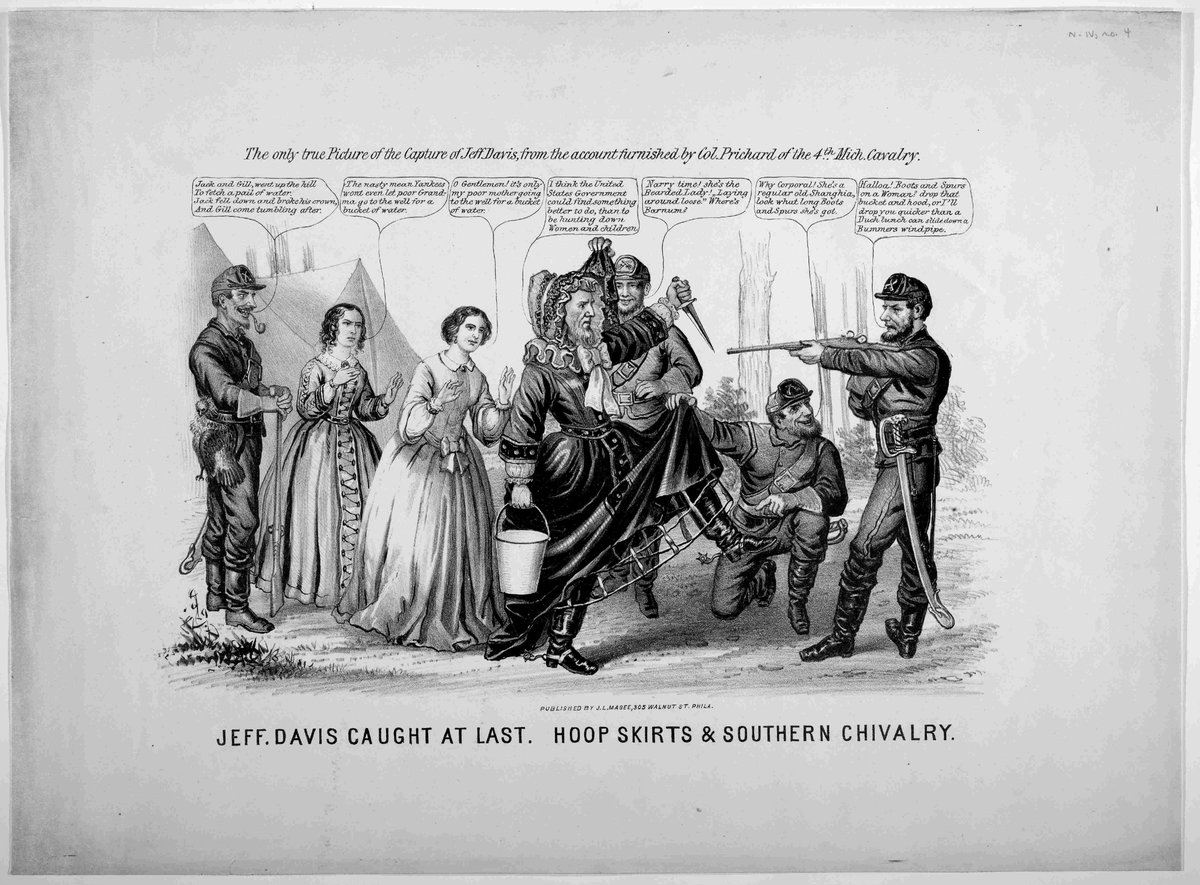
#OTD in 1862 Newton Knight reenlisted in the Confederate Army after being on furlough. He originally enlisted in July of 1861. He deserted in October of 1862 and headed home after he received word the Confederate Army had taken his family's horses for the war effort. 

There is much debate and mystery surrounding Knight, his actions during and after the war, and what motivated him. However, Knight's life provides insight into conflicting ideas of race, class, and politics in Mississippi and the South writ large during the Civil War.
Knight was a yeoman farmer in Jones County, Mississippi when the war broke out. According to historian @vikki_bynum, only 12% of the county's population was Black and most whites were subsistence farmers like Knight.
Compared to the rest of Mississippi, Jones County's slaveholding class was particularly small. However, Knight was no abolitionist. Bynum speculated that he joined the military because the war offered a taste of adventure.
However, after the Confederate government passed the "20 slave law," allowing enslavers who owned 20 or more slaves to bypass the draft, Knight became disillusioned with the Confederate cause.
He believed that the law placed an unfair burden on poor whites through their lack of political and economic power. Knight was arrested and jailed by the Confederate Army for desertion and his homestead was destroyed, leaving his family on the verge of poverty and starvation.
He eventually made it home to Jones County where a large population of fellow deserters were concentrated. They sought refuge, with the help of the local enslaved population, in a nearby swamp. They formed a guerrilla band called "The Knight Company" in October of 1863.
Their goal was to protect their family's property from being confiscated by the Confederate Army. The Knight Company resisted and harassed Confederate officials, protected their property from confiscation, and refused to pay taxes to the Confederate government.
The Knight Company's defiance captured the attention of Jefferson Davis and rumors spread that Jones County seceded from the Confederacy. Bynum argues that Knight did not see it that way. He claimed that Jones County had never seceded from the United States in the first place.
Violence in Jones County between The Knight Company and the Confederate Army continued until the end of the war. During Reconstruction Knight supported the Republican Party and was appointed as a US Marshall to fight white terrorist groups in Jasper County where he settled.
In the 1870s he left his first wife and married a formerly enslaved women named Rachel, who was enslaved by his grandfather before the war. They had several children before Rachel's death in 1889. Knight died in February of 1922 at 92 years of age. 

Knight's life has been the subject of numerous books and films, including "Free State of Jones" (2016).
Further reading: "The Free State of Jones: Mississippi's Longest Civil War." (@UNC_Press)
Further reading: "The Free State of Jones: Mississippi's Longest Civil War." (@UNC_Press)
#onthisday #TodayInHistory #NewtonKnight #FreeStateofJones #TheCivilWarDoc #CivilWar #CivilWarHistory #History #USHistory #AmericanHistory #Mississippi #JonesCounty
• • •
Missing some Tweet in this thread? You can try to
force a refresh















